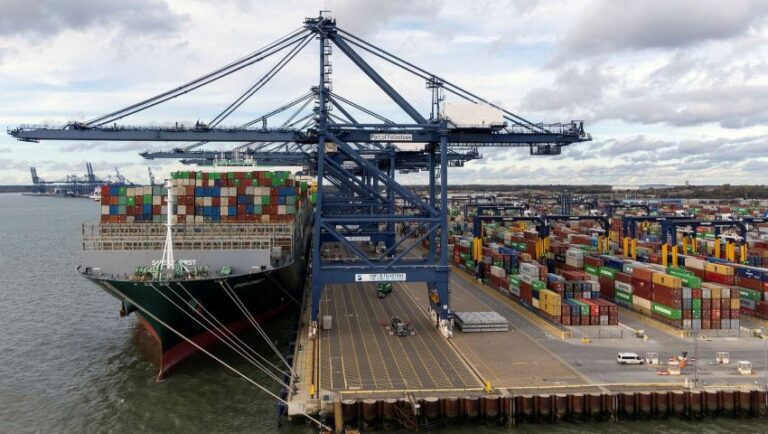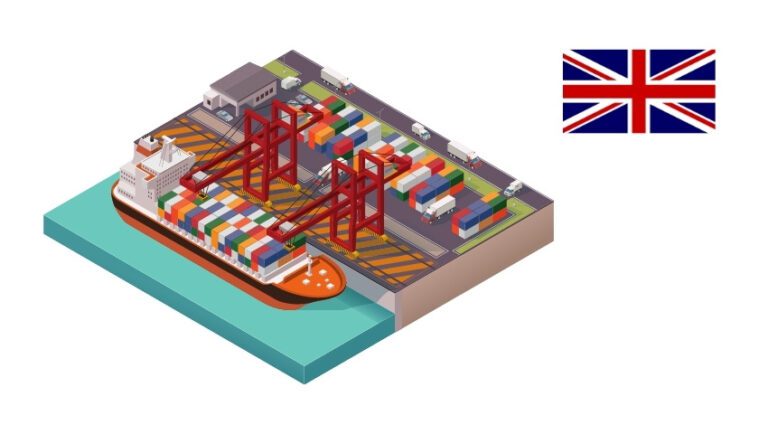Tesla Prices in the UK: An In-Depth Analysis
Several factors contribute to these high depreciation rates. Tesla’s pricing strategy is one, but other factors include the cost-of-living crisis, recessionary pressures, and increasing energy bills, which have made electric cars less attractive in the past 12 months. Tesla’s lead times for vehicle delivery have also reduced significantly, which may have motivated the company to stimulate demand by lowering its prices, thereby affecting residuals.
The high prices of nearly new cars during the tail end of the coronavirus pandemic and the peak of the semiconductor shortage also contributed to rising depreciation. Used values for many battery-electric models were strong through 2022, often above list price. This was unsustainable, and large negative adjustments were applied as the market transitioned to more realistic, sustainable levels
Tesla’s Pricing Strategy
Tesla’s aggressive pricing strategy aims to increase the adoption of electric vehicles by making them more affordable. The company’s focus on continuous product improvement through original design and manufacturing advances is a key driver of these price reductions. Despite the financial implications for owners, it’s clear that Tesla’s commitment to its mission of accelerating the world’s transition to sustainable energy remains firm.
The Future of Tesla Prices
Predicting the future of Tesla prices involves considering a variety of factors, including the global economic situation, Tesla’s production capabilities, and the wider EV market’s growth. If Tesla continues to improve its manufacturing efficiency and scale, we may see further price reductions. However, it’s also possible that prices could stabilize as the EV market matures and competition increases.
Conclusion
While Tesla’s price cuts make their vehicles more accessible to consumers, the high depreciation rates can affect the financial calculus for potential owners. However, the overall cost of ownership can still be favourable due to savings on fuel and maintenance. As the EV market continues to evolve, it will be fascinating to see how Tesla’s pricing strategy adapts to these changing dynamics.
FAQs
Q1: How much does a Tesla Model 3 cost in the UK? As of March 2023, a Tesla Model 3 can be bought from stock for £38,790, while a factory-ordered Model 3 starts from £42,990.
Q2: What is the price of a Tesla Model Y in the UK? The starting price for a Model Y in the UK is £44,990 as of March 2023.
Q3: Why are Tesla’s depreciation rates so high? Depreciation rates are influenced by factors such as Tesla’s pricing strategy, the cost-of-living crisis, recessionary pressures, increasing energy bills, and the high prices of nearly new cars during the tail end of the coronavirus pandemic.
Q4: How do Tesla’s price cuts affect finance deals? Poor used values could increase the monthly payments on finance deals as you’re essentially paying for both the car and its depreciation.







